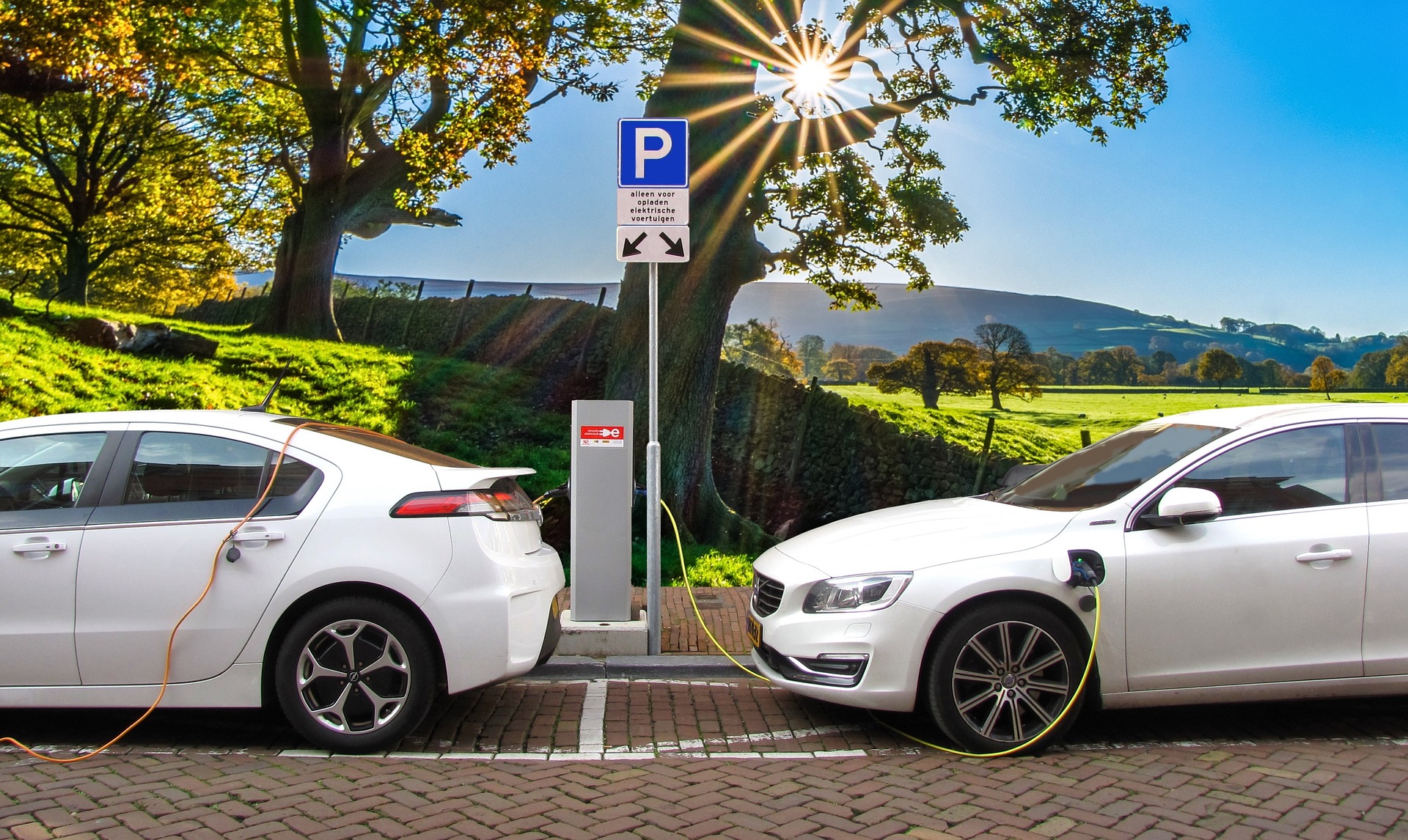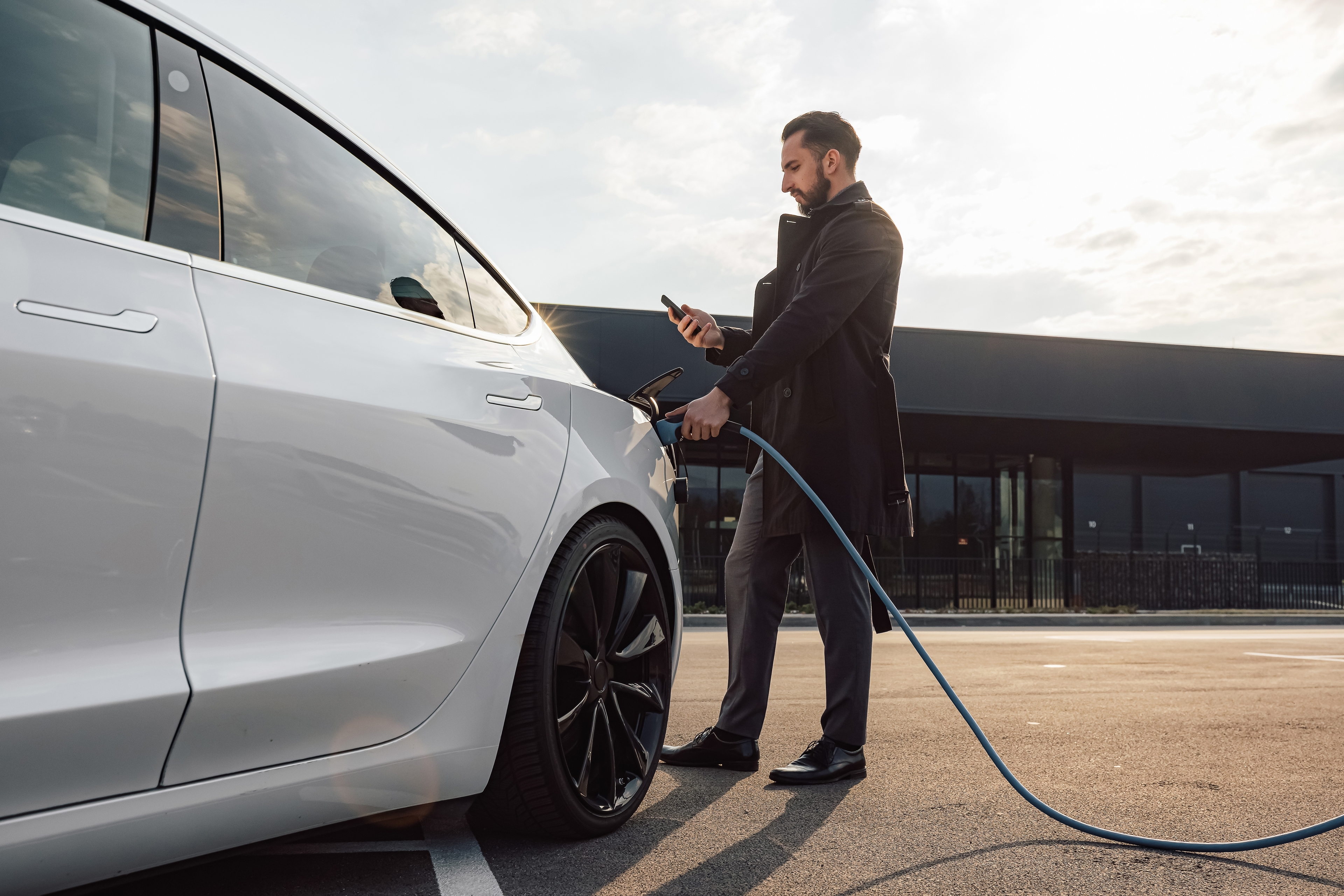Of all fleet vehicles in operation, those that fall into the blue light category support the most critical situations and vulnerable people. When it comes to electrified blue light vehicles, the mission begins before the call even comes in: ensuring vehicles are response-ready with efficient and reliable charging.
Preserving human life and preventing disasters, often in unpredictable circumstances is a challenge in itself. Introduce a need for vehicle charging, and the challenge increases.
In this article we explore how your choice of charge point management software is vital to overcoming some of the challenges you face, such as:
- Energy management – how you can balance site energy to avoid overwhelm, reduce disruption and prioritise vehicle charging when needed
- Charger availability – how you can make sure priority vehicles, such as on-call doctors or response cars, are first in line for charging
- Growing and scaling operations – how your charging infrastructure can grow with increased demand, with the right software provider to support you
- Return on investment – how your software solution can help you monetise charging and generate ROI
Unlike other operational or commercial electric vehicles (EVs), emergency response vehicles don’t have a lenient time window to arrive at a scene, in some cases every second is important. They must be charged and ready for action at any given time to ensure enough vehicles can respond to emergency situations. So, when mission critical meets charging challenges – how can your blue light EVs meet emergency demand?
Understand your site and manage your energy
Knowledge is power. It starts with an understanding of your site’s energy capability, which is key to operating your services efficiently and managing other operations or buildings on your sites.
Navigating this on your own can be tricky, which is why a site assessment is helpful in supporting you ahead of installing, expanding or replacing your EV chargers.
Thorough site assessments will offer insights into:
- Energy infrastructure – ensure yours is efficient enough to transition to EV or scale existing operations
- Energy contract terms – operate in compliance with your energy contract
- Smart energy allocation – save energy where possible and prioritise where it’s needed
Site capability and power allocation are fundamental to getting infrastructure right. For critical vehicles, an overwhelmed site will struggle to deliver charging at the speed needed to respond to emergency call outs, so it’s vital that energy is well managed to optimise performance. As an emergency services setting, you are likely to operate non-emergency EV fleets alongside blue light vehicles, which may also have charging requirements, especially during the weekday. Add to that staff members that are driving EVs and their need to charge, and a site can become overwhelmed with power allocation wrongly prioritised. Ultimately, it calls for an energy management solution that ensures your site is protected.
Avoid outage at all costs with reliable energy management
A straightforward, time-saving approach to ensuring your site capacity isn’t overwhelmed, while directing energy to where it’s most needed, is to partner with charge point management software that can balance your energy usage and allocation during EV charging. Fuuse’s platform can adjust power allocation to chargers based on real-time energy consumption across a site. It can allocate power resources so that the most critical applications or vehicles are prioritised without causing outages.
.jpg?width=800&height=534&name=shutterstock_2481479561%20(2).jpg)
Be ready ahead of time by enabling charger bookings
With site infrastructure and energy being balanced to optimise EV charging, you also need to consider charger availability for critical response vehicles.
The speed, urgency and efficiency of your vehicles arriving on the scene can have direct impact on human safety and support the prevention of disasters. It’s essential that priority vehicles are fully prepared to respond to calls and must come first in terms of charger availability.
Make sure that priority vehicles get priority charging
Your choice of charge point management software is important when forming your strategy around vehicle charging prioritisation. It’s essential that you have a process in place that lets your priority EVs take precedence over less critical ones. Software that allows you to enable bookings is a straightforward solution to this, making it possible for you to secure a place to charge ahead of time. Initiating charger bookings for your first response EVs boosts efficiency too - vehicles can charge at the end of their shift so that they’re operationally ready for when they’re needed. Vehicles can also be booked in for a quick top-up charge between calls or when first responders need a break.
Scale and adapt with OCPP-compliant software
.png?width=800&height=200&name=OCPP%20BADGES%20(1).png)
NHS-managed cars, vans and first response vehicles make up a significant portion of blue light fleet. With NHS commitment to reaching net zero by 2040, EV adoption across all operations, including blue light services, needs to grow. This means that charging solutions for first response vehicles need to be flexible and have the ability to scale in line with demand for electrification across the NHS. This highlights the need for OCPP-compliant software that can support diverse charging networks and integrate with different hardware, other software and different charging speeds.
The UK police force also have emissions targets to work towards, as part of the government’s commitment to net zero by 2050. This points to wider EV adoption across the police force, meaning charging solutions must have the ability to scale.
Fuuse’s OCPP-compliant software is hardware-agnostic, which makes it capable of working with over 50+ manufacturers. It means that it can work with existing infrastructure that’s also OCPP-compliant, so you don’t have the hassle and expense of removing any chargers already installed. In most cases, chargers can be seamlessly managed on Fuuse’s back-office as charging demand grows and vehicle technology evolves. The Fuuse platform also provides real-time data that allows you to see the health of your charging estate and utilisation figures.
A future-proof EV charging strategy that helps you generate return on investment
EV infrastructure and associated costs can add up, so it makes financial sense to form a strategy that considers ways to monetise your chargers or generate a return on investment. Fuuse’s tariff management feature allows you to set up user groups such as ‘staff’ or ‘public’ and create different tariffs to meet your drivers’ needs. You may have vehicles that charge via RFID cards, or you may want to charge staff less for charging as a workplace benefit, while setting the price higher for members of the public. The flexibility that a tariff management feature gives you means you can consider revenue generation as part of your charging strategy.
Similarly, with Fuuse, you can generate ROI and understand where you have saved costs by exploring electrification. Through our energy management solution, you can also ensure you are preserving your site’s power capacity and reducing the risk of outages, which can be operationally devastating for blue light.
Partnering with Fuuse makes sense for blue light EVs – find out more
At Fuuse, we work with blue light services either directly or through partnerships. We help organisations such as NHS Greater Glasgow and Clyde, Scottish Ambulance Service, South East Coast Ambulance Service and Suffolk Fire Service to create reliable and efficient EV charging operations. You can find out more about our recent work with Scottish Ambulance Service here.
To discover how you and the communities you serve would benefit from partnering with Fuuse, complete the form below.







